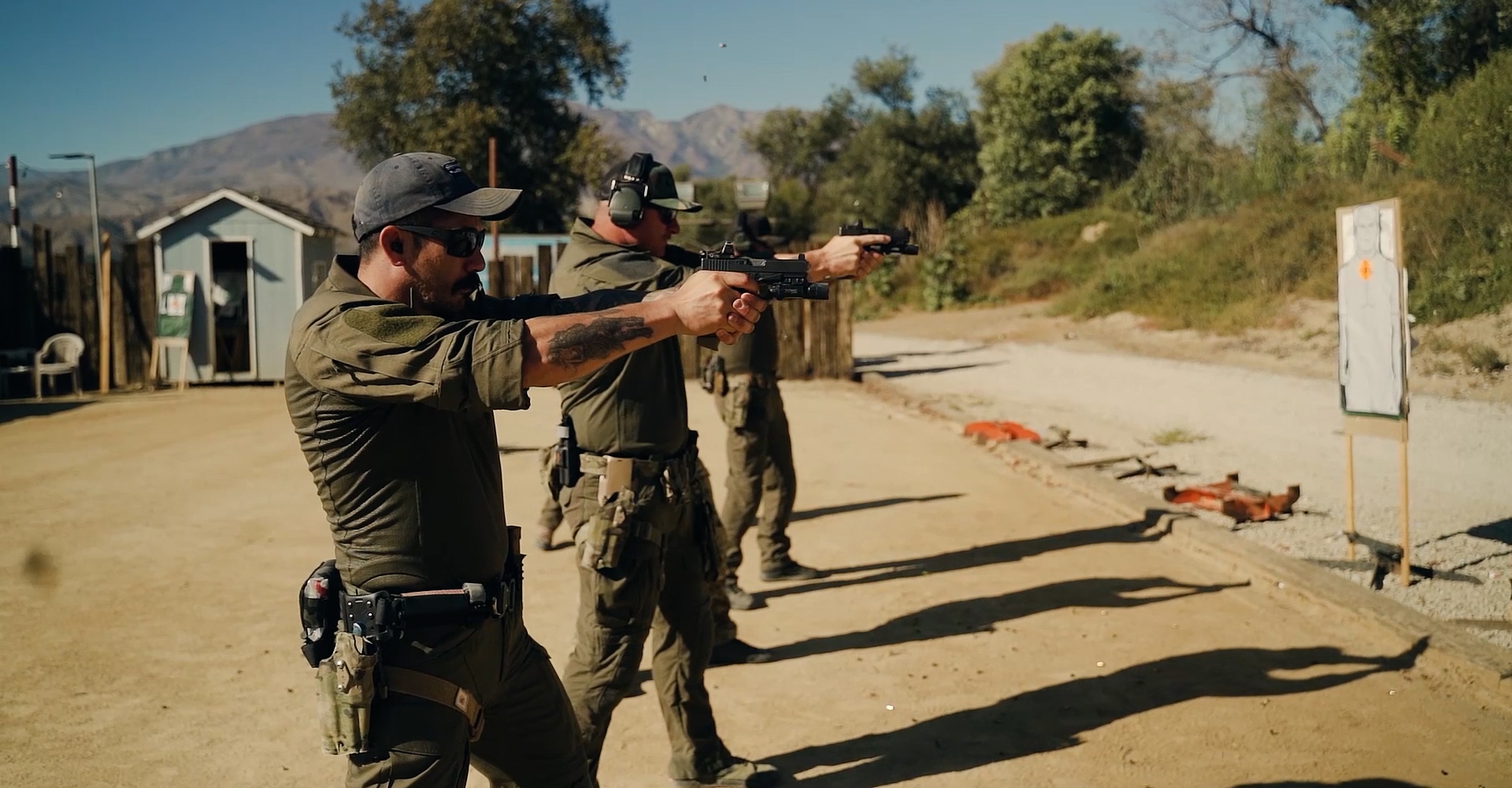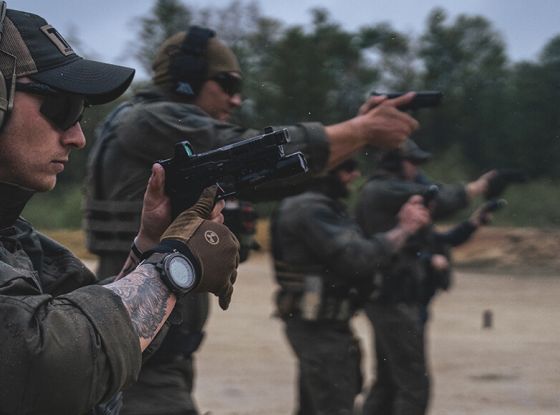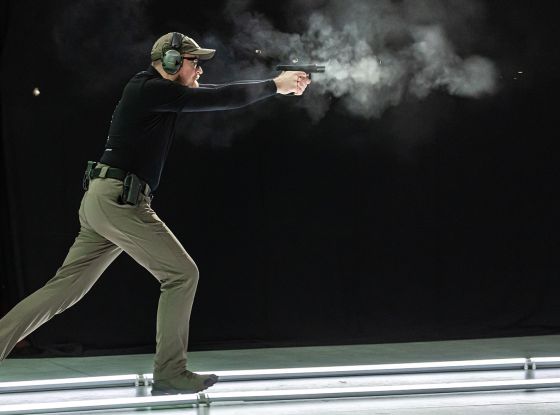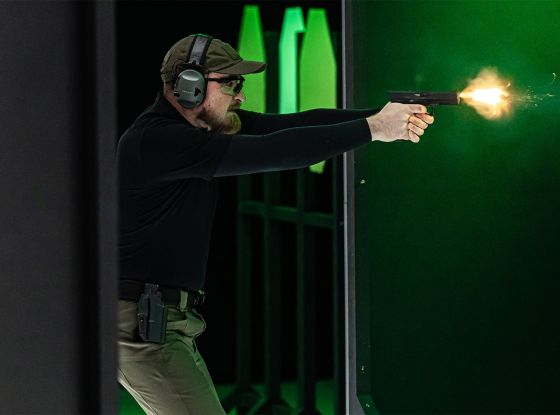Most shooters treat fundamentals like a box to tick: learn stance, grip, and trigger control, then move on. That approach works, until it doesn’t. Until speed, stress, or fatigue reveal gaps that a qualification target never showed.
In this blog post:
- Fundamentals Aren’t Static. They’re Dynamic Systems.
- Training for Process, Not Points
- Data Is the New Discipline in Tactical Shooting
- The Pressure Principle: Learning Through Discomfort
- Closing the Gap: Civilian vs. Professional
- From Shooter to Teacher: The Next Level of Mastery
- A Framework for Process-Driven Training
- Conclusion
Real performance in tactical shooting demands more than repetition. It requires a process, constant measurement, and training designed to make fundamentals hold under pressure. That’s where growth happens. Not when everything goes right, but when you test what falls apart and learn to rebuild it stronger.
In our Beer:30 Podcast episode, From Fundamentals to Performance in Shooting, Rick Crawley, founder of Achilles Heel Tactical, Marine Corps veteran, and former SWAT officer, breaks down why outcome-based training leads to stagnation and how process-driven instruction builds measurable progress.
In this blog, we take that conversation further, showing how fundamentals evolve through measurement, stress, and adaptability, and why the best shooters and instructors treat them as living systems that never stop improving.
Fundamentals Aren’t Static. They’re Dynamic Systems.
Too often, fundamentals are taught as if they’re fixed: master them once and move on. In reality, they degrade the moment pressure enters the equation. Speed, stress, and fatigue change everything.
Refining fundamentals isn’t about shooting more—it’s about studying efficiency and consistency. The best shooters, whether tactical or competitive, treat fundamentals as living systems that evolve through measurement. They analyze how stance supports recoil control, how grip consistency shapes muzzle behavior, and how small inefficiencies multiply under fatigue.
That overlap between competition precision and tactical shooting reliability proves one thing: fundamentals don’t divide disciplines; they connect them. Breaking them down and testing each under changing conditions separates those who can perform once from those who can perform every time.
In practice: It’s easy to feel solid on the flat range—until you add movement, decision-making, and a timer. That’s when small gaps start to show. Instead of seeing that as failure, treat it as feedback. Pressure doesn’t erase fundamentals; it exposes where they need work.
Training for Process, Not Points
Qualification doesn’t always equal capability. Passing a test might show that you can meet a standard once, but it doesn’t guarantee that you can replicate that performance under changing conditions.
Many qualification systems haven’t evolved in decades. They assess the ability to meet minimum safety and accuracy requirements but rarely test how shooters perform under fatigue, movement, or decision-making stress. That gap between testing and reality is where skill decay begins.
Outcome-based training focuses on hitting the target. Process-based training focuses on how you hit it. It’s the difference between memorizing an answer and understanding the logic behind it.
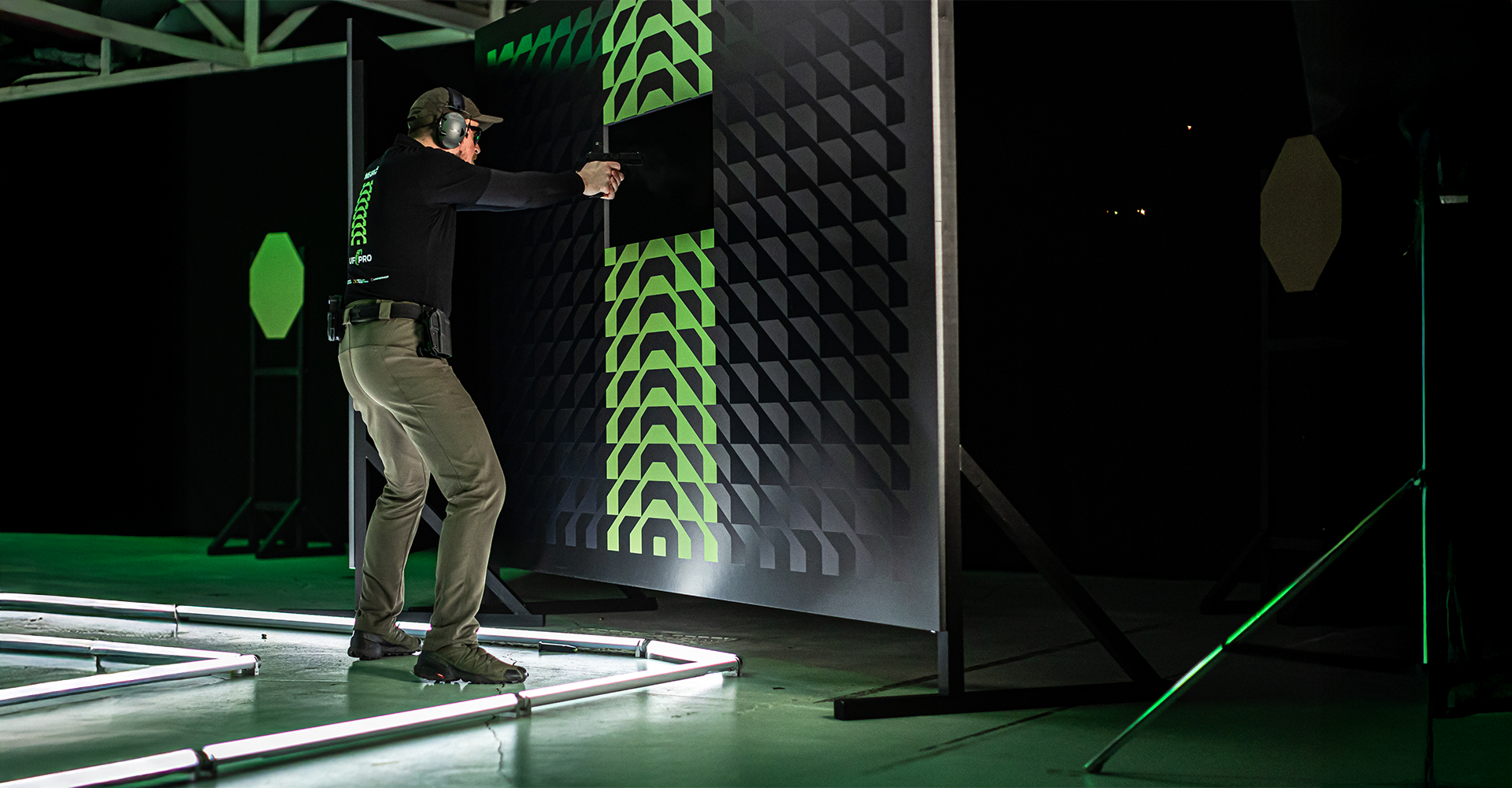
By isolating variables (grip pressure, sight focus, trigger prep, recovery time), shooters start identifying why they miss or succeed. The range becomes a laboratory for cause and effect rather than a stage for validation.
In tactical shooting training, process beats outcome. Understanding why you hit—or miss—is what separates a qualified shooter from a capable one.
When process becomes the focus, the shooter starts to think like a problem-solver. Instead of chasing a score, every repetition becomes data: what worked, what failed, and why. When training is process-driven, failure isn’t the end of a session; it’s the most valuable part of it.
Data Is the New Discipline in Tactical Shooting
In performance shooting, feelings lie. Data doesn’t.
Metrics such as hit factor turn marksmanship into measurable truth by balancing accuracy and speed. The DOPE Drill (Data on Previous Engagement) builds on this principle: five rounds at increasing distances, each timed and scored to show how fundamentals hold under stress. It’s now used not only in competition but also by tactical shooters looking to quantify skill rather than assume it.
For a deeper look into how the drill works and how to apply it to your own training, check out our detailed breakdown: Rifle Fundamentals: DOPE Drill.
Want to see it in action? Watch the full video here: The DOPE Drill Explained.
When training is data-driven, progress becomes visible and ego disappears. Measurement transforms improvement from opinion into fact.
Make it a habit: Tracking doesn’t need to be complex. A timer, a notebook, or even a quick phone video is enough to capture what’s happening. Review it weekly. The goal isn’t chasing numbers—it’s spotting patterns that reveal where consistency breaks down.
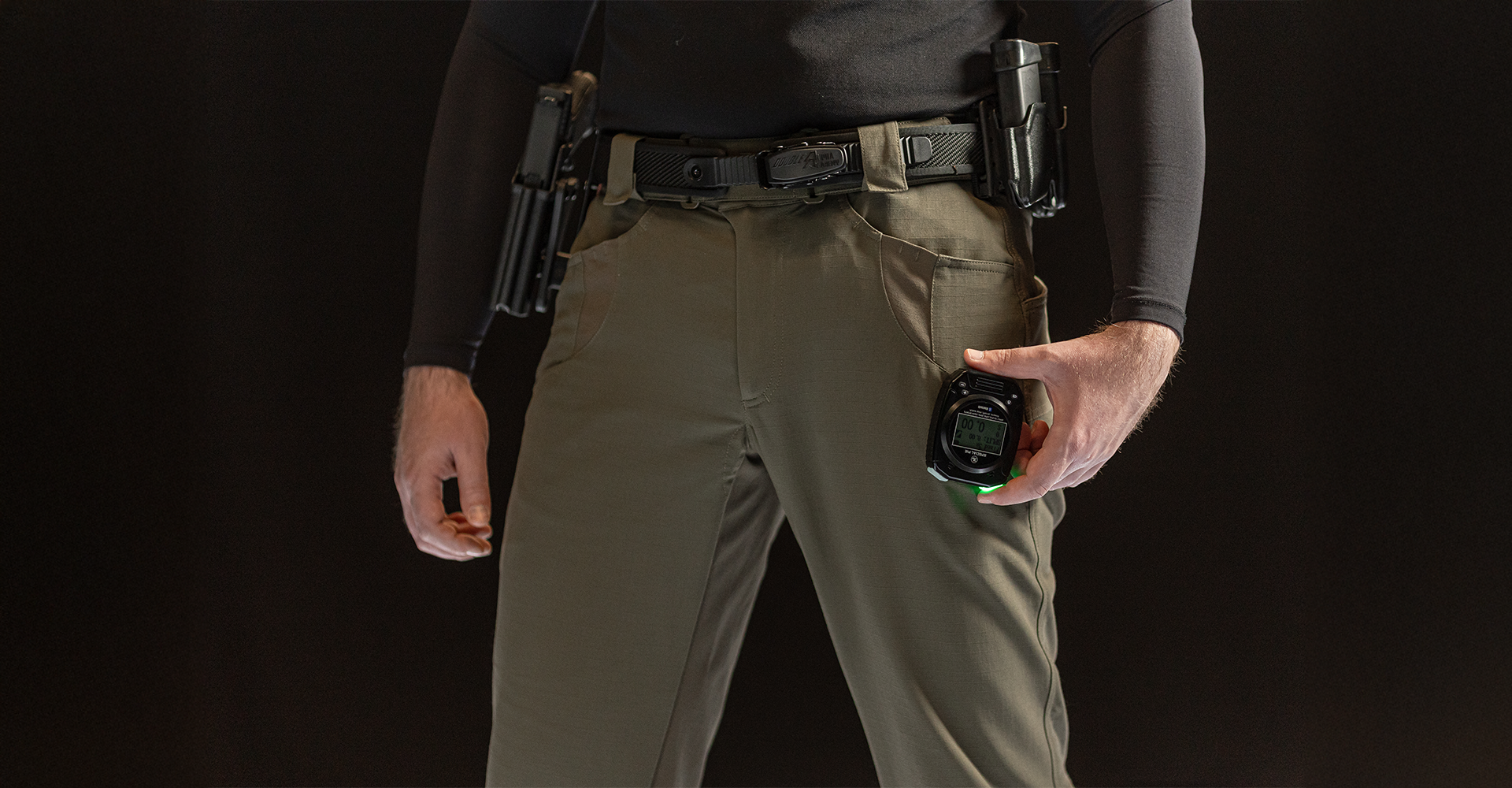
SUBSCRIBE TO UNLOCK OUR EXCLUSIVE CONTENT
Enter your email and get timely updates and relevant intel on tactical topics directly to your inbox.
You are signing up to receive updates via e-mail from which you can opt out at any time. Visit our privacy policy for more info.
The Pressure Principle: Learning Through Discomfort
Training within comfort zones creates shooters who can perform in theory. Training beyond them creates shooters who can perform in real-world scenarios.
Operating just beyond control, a method sometimes called overspeed training, forces the fundamentals to stabilize under pressure. It’s not about reckless speed; it’s about deliberate discomfort. When you push faster than comfort allows, weaknesses become visible, and adaptation begins.
Repetition at the edge of control develops resilience. Each micro-adjustment to grip, sight picture, or timing becomes an act of problem-solving. Over time, that process creates a shooter who doesn’t rely on perfect conditions to perform well.
Mental note: Pressure doesn’t just hit the hands, it hits decision-making. Under stress, shooters tend to over-confirm sights or hesitate on the trigger. Drills that mix time, movement, and decisions train the brain to process faster and stay calm when it matters.
This is where tactical shooting skills are forged; under speed, fatigue, and uncertainty.
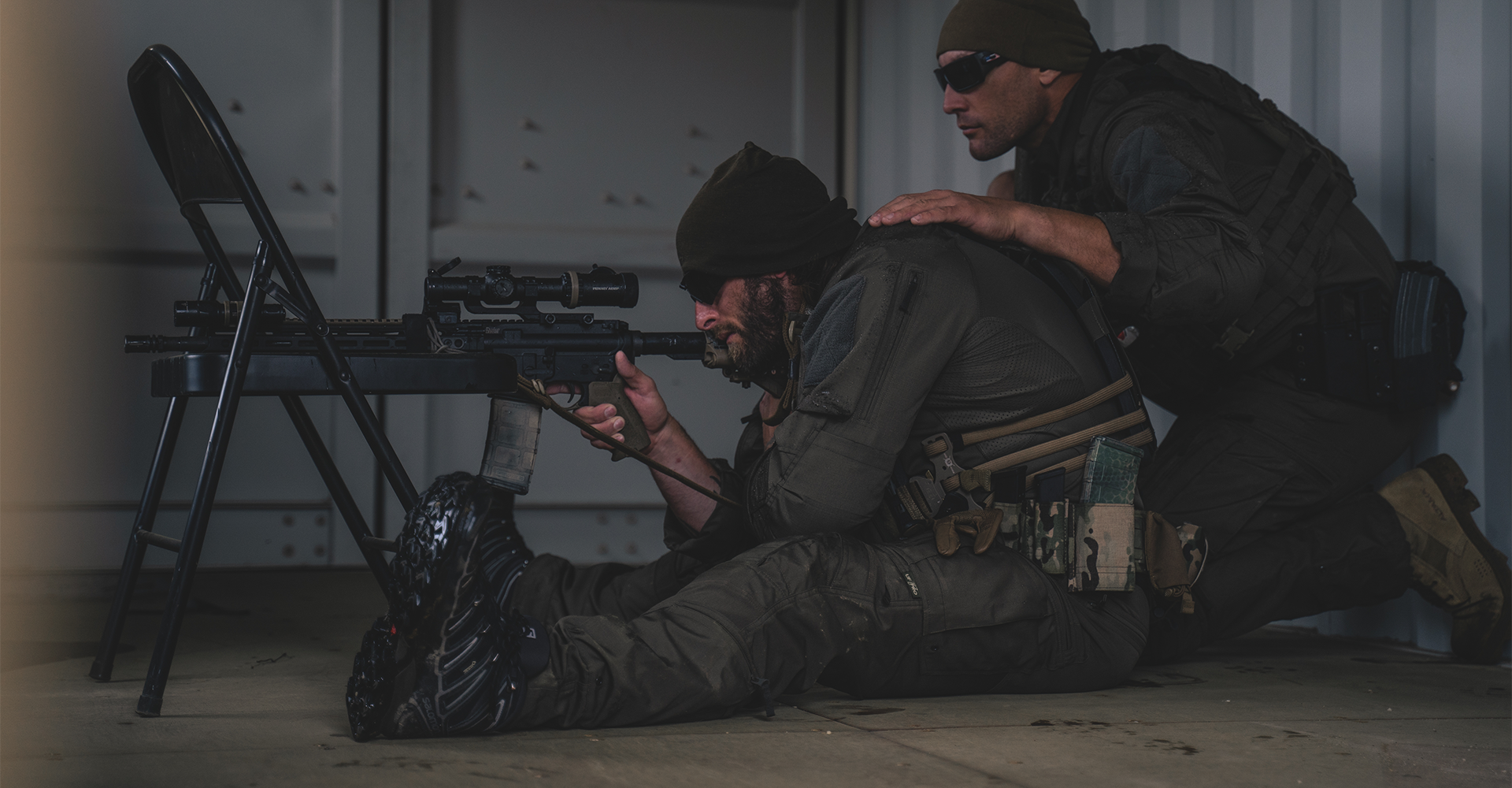
Closing the Gap: Civilian vs. Professional
Across the industry, civilian shooters are closing the gap with professionals. Free from institutional habits, they approach training with curiosity and humility, tracking progress, experimenting with drills, and applying measurable feedback.
This shift is powered by accessibility. Open-enrollment courses and online instruction now expose anyone to the same data-driven methods once limited to elite units. That democratization of knowledge proves a simple truth: mindset outperforms credentials. Performance rewards those who stay curious, accountable, and willing to fail forward.
From Shooter to Teacher: The Next Level of Mastery
Great shooters can demonstrate skill. Great instructors can build it in others.
The difference lies in understanding process, communication, and human behavior. Too often, “instructor” has become another label earned by attending a course rather than by mastering how people learn.
Effective teaching begins with observation. Trainers must identify not just what’s wrong, but why it’s happening. They design drills that isolate weaknesses, build awareness, and make shooters accountable for their own progress.
Modern instruction is shifting toward curriculum-based teaching. It’s no longer enough to run a set of drills; instructors must understand biomechanics, feedback loops, and the psychology of learning under stress. When students grasp why something works, they can adapt it under any condition. That’s what turns knowledge into performance.
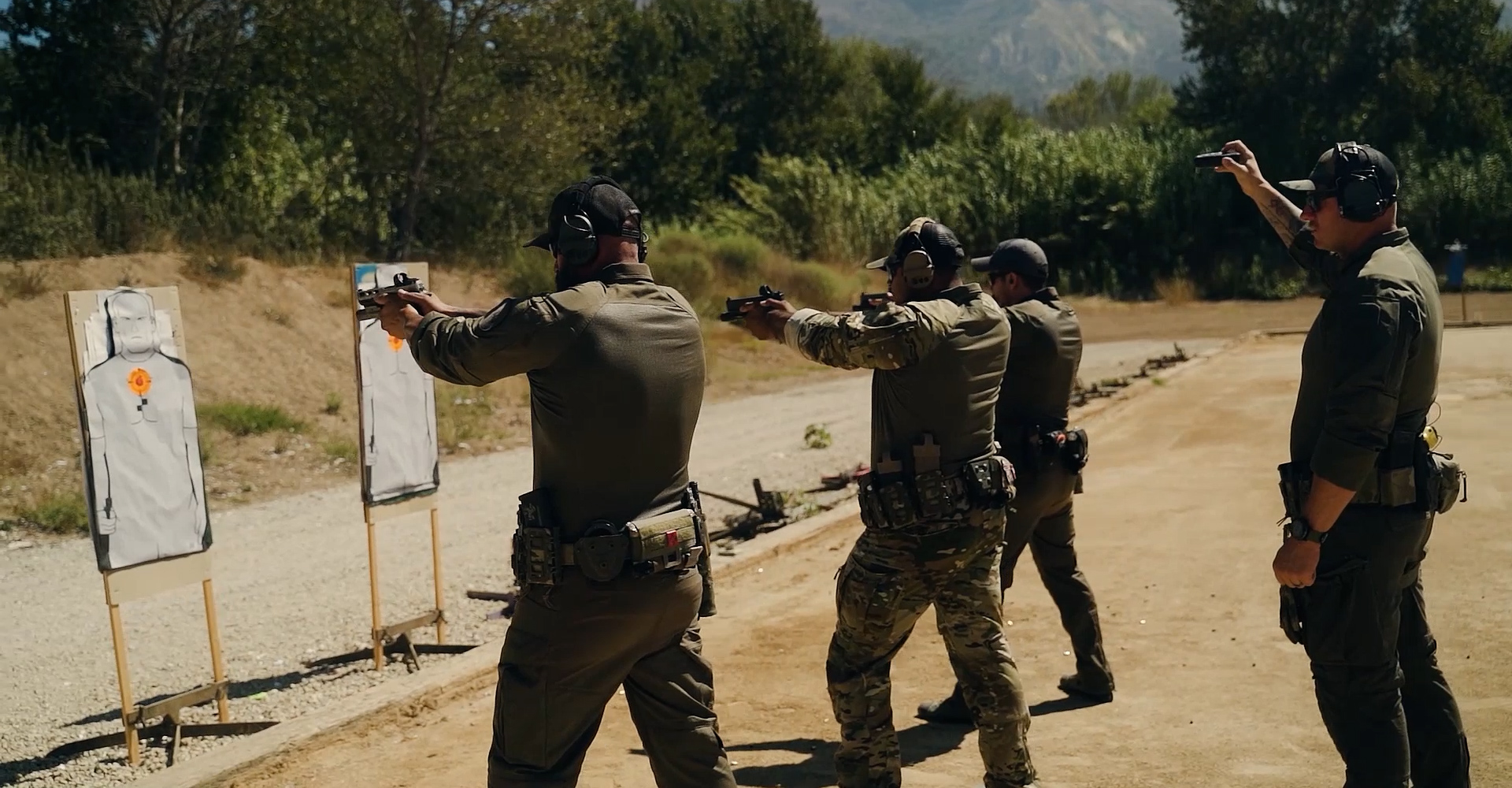
A solid curriculum doesn’t rely on theatrics or volume of drills, it relies on clarity. The best instructors guide shooters to self-diagnosis so they can continue improving long after the class ends.
Even the best tactical shooters lose sharpness without maintenance. The pros know this and schedule “return-to-baseline” days: slow sessions focused on clean mechanics and precision. Mastery isn’t about constant novelty; it’s about staying consistent when the pace slows down.
A Framework for Process-Driven Training
- Define intent. Know exactly what you’re testing, not just what you’re shooting.
- Record everything. Replace assumptions with data.
- Review results. What failed? Why? How soon did you notice?
- Change one variable. Keep the experiment controlled.
- Re-test under pressure. Confirm improvement under speed or fatigue.
When every rep becomes data, training stops being routine, it becomes research.
Conclusion
The evolution of tactical shooting mirrors the evolution of performance itself. It’s shifting from repetition and qualification to accountability and refinement. Fundamentals remain the core, but they only matter when they’re measured, challenged, and rebuilt to endure real-world conditions.
True mastery in tactical shooting doesn’t come from comfort, but from controlled discomfort and constant self-assessment. Each rep, each data point, and each failure is feedback. That’s how fundamentals evolve and how shooters build performance that lasts.

